The former branch of the Bank of Montreal on the northeast corner of Yonge and Queen Streets, the Variety Theatre on its east side (right-hand side of photo).
When researching Toronto’s old movie theatre, I was surprised to discover that there had once been a theatre at 8-10 Queen Street East, on the east side of a former branch of the Bank of Montreal. During the 1950s, I travelled downtown many times to where the theatre was located, but do not recall ever noticing it. The bank building next door to it has survived, although it is no longer a bank; it now contains a coffee shop and an entrance to the Yonge subway line. The building that contained the Variety Theatre has been demolished, replaced by a modern office tower of glass and steel.
The Variety Theatre was located in a four-storey building constructed in the 19th century, perhaps the 1870s, as it was in the Second Empire style of architecture. It possessed a relatively plain facade and a Mansard roof with gabled windows. I was unable to discover the exact year the theatre opened, but it was likely prior to 1920, as it contained a stage and orchestra pit for vaudeville. There were almost 400 plush seats on a concrete floor, with three aisles. Pillars in the theatre’s auditorium obstructed the view of the stage from some of the seats, suggesting that the ground floor was renovated to accommodate the movie and vaudeville house. There was no air conditioning, and the lobby was small. The theatre was on the ground floor, offices and rented space on the storeys above. The theatre’s canopy protruding over the sidewalk, which contained the marquee was small, but the signage above it was two-storey’s in height.
In the late-1920s, the theatre’s name was changed to the Arcadian. During the latter years of the 1930s, it opened at 9 a.m. each day and closed shortly before midnight, a common practice for theatres that did not screen recently released films. The Toronto Star newspaper reported that on January 19, 1933, the doorman and the cashier at the theatre were arrested for fraud. The doorman failed to tear up all the tickets that patrons handed to him. He returned them to the cashier and they pocketed their value in cash, which they shared. The newspaper said that their scheme netted them $2.00 to $3.00 per day. This was a sizable amount of money during the Depression years.
The theatre was renovated in 1931 by V. L. Morgan and Company, architects. It was again renovated in 1936-1937 by J. W. Siddall, architect. The lobby was retiled and the box office faced with vitrolite tiles (opaque pigmented glass).
On March 30, 1939 three men were arrested on the roof of the theatre. While climbing up the fire escape with the intention of breaking into the building through the roof, a citizen phoned the police as he heard unusual noises at the rear of the theatre.
The Arcadian closed permanently in June 1954. After it closed, a women’s clothing store occupied the premises, employing the old theatre sign to advertise the shop. It is interesting to note that beneath the theatre is a subway station that was intended for the Queen Street subway line, which was never built. However, the vacant station remains today, a relic from the past that is sometimes used for film shoots.
Photo was taken c. 1930 (Toronto Archives F1278, It.164). The Variety Theatre’s marquee is the film “Laughing Lady,” released in 1929, starring Clive Brook and Ruth Chatterton. This was when the theatre screened recent films.
The northeast corner of Queen and Yonge Streets in 1939, the Bank of Montreal on the left-hand side of the photo. The marquee and sign for the Arcadian Theatre is visible in the background. The streetcar is a Peter Witt car; streetcars of this type first arrived in Toronto in 1921. Toronto Archives, F1278, It.164.
Gazing east on Queen Street from a short distance west of Yonge Street on October 29, 1950, showing the construction of the Yonge subway. The sign for the Arcadian Theatre is evident in the background on the north side of Queen Street.
This undated photo from the archives shows a women’s clothing store on the site of the old Variety Theatre, as well as a piano shop.
To view the Home Page for this blog: https://tayloronhistory.com/
To view previous blogs about movie houses of Toronto—historic and modern
Recent publication entitled “Toronto’s Theatres and the Golden Age of the Silver Screen,” by the author of this blog. The publication explores 50 of Toronto’s old theatres and contains over 80 archival photographs of the facades, marquees and interiors of the theatres. It relates anecdotes and stories of the author and others who experienced these grand old movie houses.
To place an order for this book:
Book also available in Chapter/Indigo, the Bell Lightbox Book Store and by phoning University of Toronto Press, Distribution: 416-667-7791
Theatres Included in the Book:
Chapter One – The Early Years—Nickelodeons and the First Theatres in Toronto
Theatorium (Red Mill) Theatre—Toronto’s First Movie Experience and First Permanent Movie Theatre, Auditorium (Avenue, PIckford), Colonial Theatre (the Bay), the Photodrome, Revue Theatre, Picture Palace (Royal George), Big Nickel (National, Rio), Madison Theatre (Midtown, Capri, Eden, Bloor Cinema, Bloor Street Hot Docs), Theatre Without a Name (Pastime, Prince Edward, Fox)
Chapter Two – The Great Movie Palaces – The End of the Nickelodeons
Loew’s Yonge Street (Elgin/Winter Garden), Shea’s Hippodrome, The Allen (Tivoli), Pantages (Imperial, Imperial Six, Ed Mirvish), Loew’s Uptown
Chapter Three – Smaller Theatres in the pre-1920s and 1920s
Oakwood, Broadway, Carlton on Parliament Street, Victory on Yonge Street (Embassy, Astor, Showcase, Federal, New Yorker, Panasonic), Allan’s Danforth (Century, Titania, Music Hall), Parkdale, Alhambra (Baronet, Eve), St. Clair, Standard (Strand, Victory, Golden Harvest), Palace, Bedford (Park), Hudson (Mount Pleasant), Belsize (Crest, Regent), Runnymede
Chapter Four – Theatres During the 1930s, the Great Depression
Grant ,Hollywood, Oriole (Cinema, International Cinema), Eglinton, Casino, Radio City, Paramount, Scarboro, Paradise (Eve’s Paradise), State (Bloordale), Colony, Bellevue (Lux, Elektra, Lido), Kingsway, Pylon (Royal, Golden Princess), Metro
Chapter Five – Theatres in the 1940s – The Second World War and the Post-War Years
University, Odeon Fairlawn, Vaughan, Odeon Danforth, Glendale, Odeon Hyland, Nortown, Willow, Downtown, Odeon Carlton, Donlands, Biltmore, Odeon Humber, Town Cinema
Chapter Six – The 1950s Theatres
Savoy (Coronet), Westwood
Chapter Seven – Cineplex and Multi-screen Complexes
Cineplex Eaton Centre, Cineplex Odeon Varsity, Scotiabank Cineplex, Dundas Square Cineplex, The Bell Lightbox (TIFF)
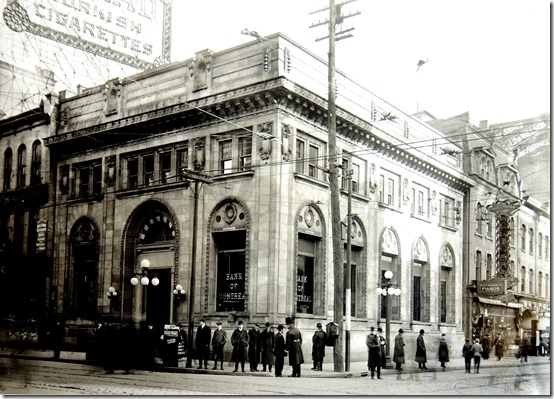
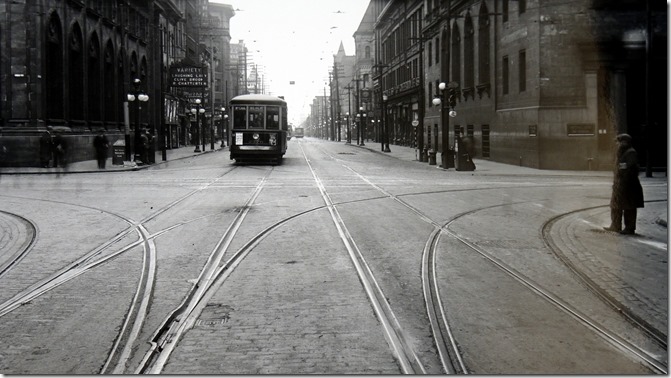
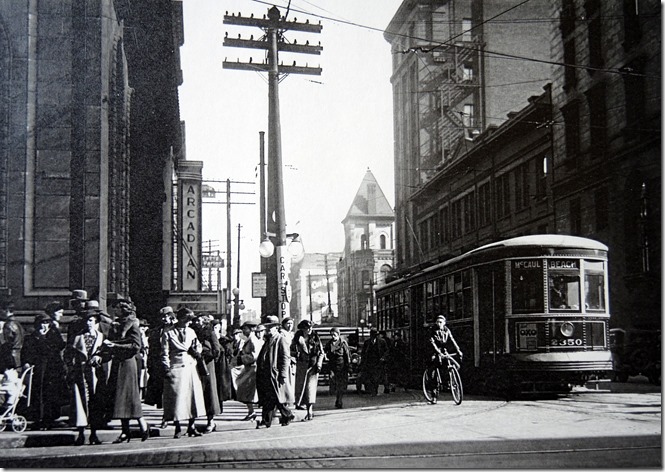
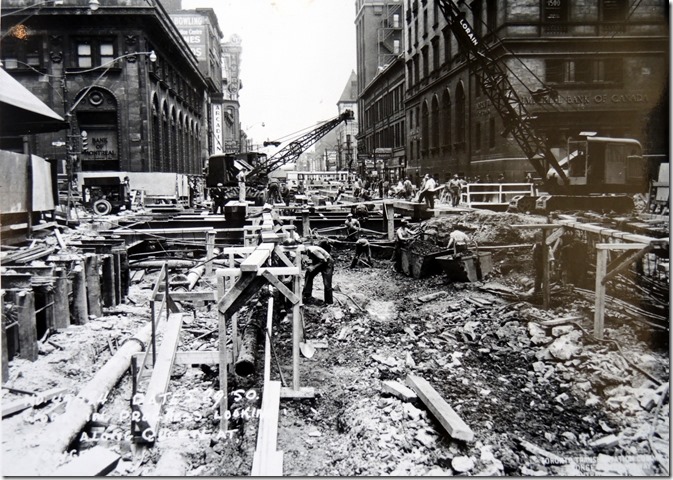
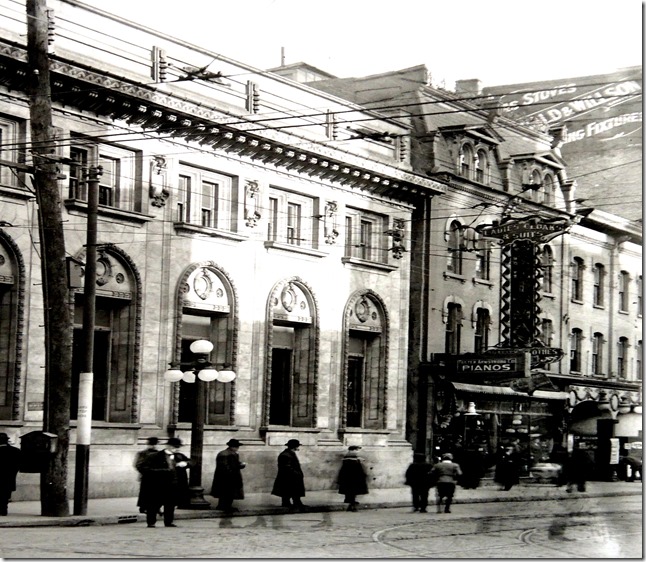
![cid_E474E4F9-11FC-42C9-AAAD-1B66D852[1] cid_E474E4F9-11FC-42C9-AAAD-1B66D852[1]](https://tayloronhistory.com/wp-content/uploads/2015/06/cid_e474e4f9-11fc-42c9-aaad-1b66d8521_thumb5.jpg)

